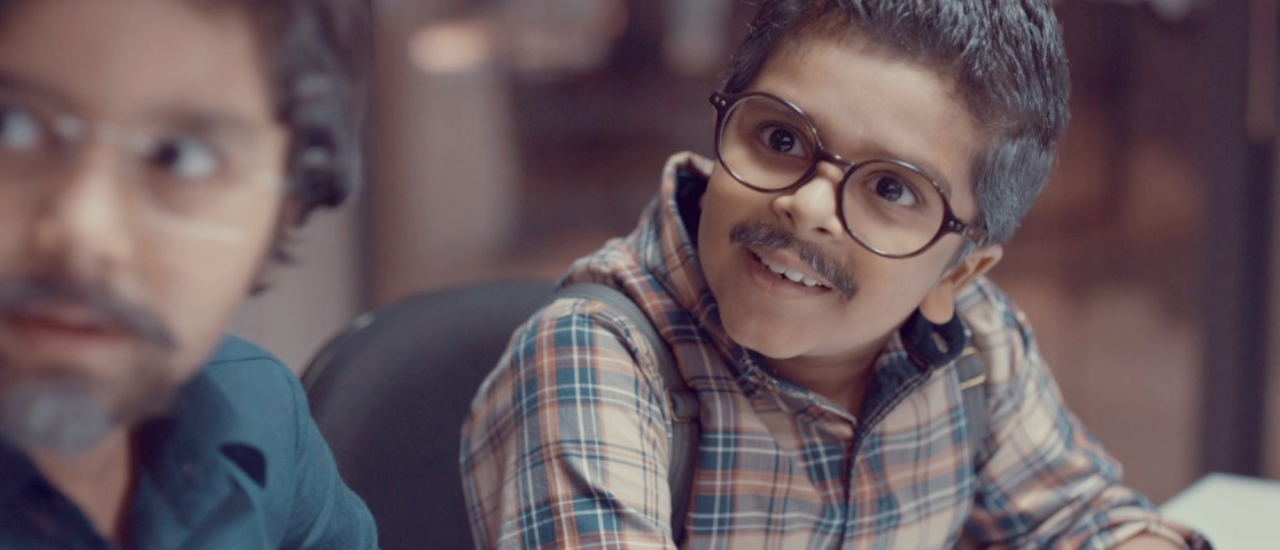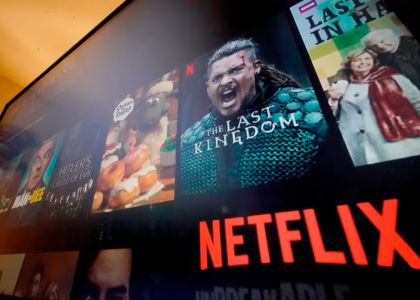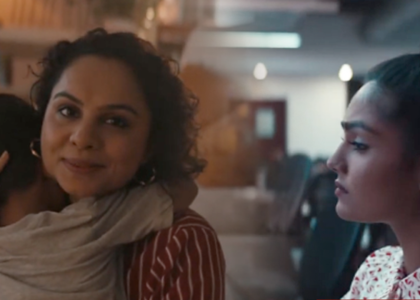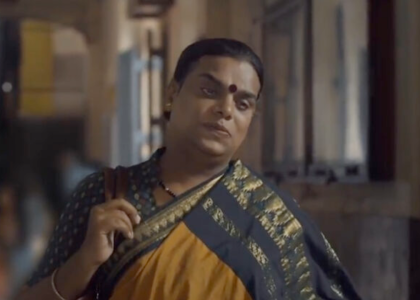Executive Summary
Flipkart’s “Kids in Adult Roles” advertising campaign is widely recognized as one of the most creative and effective brand-building exercises in India’s advertising history. First launched in 2011, at a time when online shopping was still in its infancy in India, the campaign used a disarmingly simple yet bold approach: children acting like adults in everyday scenarios to communicate the benefits and safety of shopping on Flipkart.
This creative choice addressed a deep-seated consumer hesitation: most Indians were skeptical about online shopping, worrying about payments, product authenticity, and delivery. Instead of tackling these issues with dry rational communication or celebrity endorsements, Flipkart used humor, innocence, and relatability to humanize the concept of e-commerce. Children, dressed as adults and speaking adult dialogues, brought honesty and trustworthiness to the message while also making it memorable and entertaining.
Over the years, the campaign became Flipkart’s signature advertising property, running across categories like electronics, fashion, and groceries, and peaking in scale during festive sale campaigns such as the Big Billion Days. The consistency of this format built brand recognition, while adaptations in tone and execution kept it relevant over more than a decade.
The results were striking: Flipkart’s brand awareness surged, consumer trust in online shopping improved, and the company rapidly rose to become India’s market leader in e-commerce. The ads also won creative and effectiveness awards, becoming case studies in themselves at advertising forums.
This report explores the campaign in detail, covering:
- The background and situation that led to its creation.
- The strategic approach adopted by Flipkart and Lowe Lintas.
- Implementation details across different phases.
- Results in terms of sales, consumer perception, and market leadership.
- Broader best practices and learnings for communication strategy.
Ultimately, Flipkart’s Kids in Adult Roles campaign demonstrates how a distinctive creative IP, rooted in consumer insight, can not only build a brand but also shape the trajectory of an entire industry.
Background / Situation
Indian E-commerce in the Early 2010s
India’s e-commerce sector in 2010–2012 was at a crossroads. While the internet user base was expanding, online shopping was still seen as risky and niche. Several barriers stood in the way of mass adoption:
- Trust Deficit: Shoppers feared fraud, counterfeit products, and poor after-sales service.
- Low Credit Card Penetration: With limited online payment infrastructure, many Indians hesitated to share card details on websites.
- Category Skepticism: Categories like electronics, fashion, and furniture seemed unsuitable for online purchase without physical touch-and-feel.
- Delivery Concerns: Consumers doubted whether products would arrive on time or in good condition.
Flipkart’s Position
Founded in 2007 by Sachin and Binny Bansal, Flipkart started with books and later expanded into electronics and broader retail categories. By 2011, it had become a leading e-commerce brand in India but needed to establish trust and reliability to scale beyond early adopters.
Flipkart’s challenge was twofold:
- Educate consumers about how online shopping works.
- Build trust in Flipkart as the safest, most reliable option.
Advertising Landscape at the Time
The Indian advertising scene was dominated by celebrity endorsements. Competitors like Snapdeal leaned on stars and jingles, while Amazon India (which entered in 2013) would later use Amitabh Bachchan and other celebrities to build credibility. Most ads were rational and explanatory, often failing to emotionally connect with skeptical buyers.
This created an opportunity for Flipkart to stand out by taking an unconventional, creative route.
Strategy / Approach Taken
Core Insight
Research showed that Indian consumers were not just unaware of e-commerce—they were suspicious of it. The most common consumer doubts included:
- “What if I don’t get the product?”
- “What if I pay and get nothing in return?”
- “What if the product is fake or damaged?”
- “What if I want to return it?”
Addressing these doubts with straightforward, rational advertising would have sounded defensive or complicated. Flipkart and its agency Lowe Lintas realized they needed a communication strategy that simplified, disarmed, and reassured.
The Creative Breakthrough
The breakthrough idea was to use children acting like adults. This solved multiple challenges at once:
- Trust & Innocence: Children are universally associated with honesty, innocence, and transparency.
- Humor & Relatability: Kids mimicking adult mannerisms created humor, making the ads entertaining.
- Simplification: Explaining cash-on-delivery or returns through childlike tones made the concepts easy to grasp.
- Memorability: The novelty of the format ensured instant recall.
Communication Objectives
The campaign aimed to:
- Educate consumers about key e-commerce features like COD, returns, and wide selection.
- Position Flipkart as the most trustworthy and consumer-friendly platform.
- Differentiate from competitors relying on celebrities and rational pitches.
- Create a long-term brand property that could be refreshed year after year.
Media & Messaging Strategy
- Television as lead medium, ensuring mass reach.
- Digital amplification via YouTube and Facebook (especially among youth).
- Regional dubbing to penetrate tier-2 and tier-3 towns.
- Festive association with Big Billion Days to reinforce Flipkart as the shopping destination.
This mix ensured that the campaign reached both urban and rural India, educating first-time buyers while staying top of mind among metro audiences.
Implementation
The campaign was rolled out in distinct phases, each evolving with Flipkart’s business priorities and the market context.
Phase 1 (2011–2013): Building Trust and Explaining E-commerce
- Key Themes: Cash-on-delivery, returns, product variety.
- Ad Examples:
- COD Explainer Ad: A child in a suit explains that you can pay when the product arrives—removing payment risk.
- Easy Returns Ad: Kids explain how Flipkart takes back faulty products without hassle.
- Execution Style: Minimal sets, sharp dialogues, humorous delivery.
These ads were educational in nature but delivered in a way that felt playful and engaging.
Phase 2 (2014–2016): Big Billion Days and Festive Amplification
- The campaign was scaled to coincide with Flipkart’s Big Billion Days sale.
- Children played roles of shopkeepers, deal hunters, and fashionistas, dramatizing the excitement of discounts.
- Print and outdoor ads complemented TV campaigns with festive motifs.
This phase created mass buzz and positioned Flipkart as the default festive shopping platform.
Phase 3 (2016–2018): Category Expansion
- Ads were tailored to Flipkart’s expanding verticals:
- Flipkart Fashion: Stylish kids enacting trendy adults.
- Electronics: Children explaining product warranties and variety.
- Integration of influencer tie-ins and early digital-first campaigns.
This helped Flipkart diversify from being seen as only an “electronics platform” into a lifestyle destination.
Phase 4 (2019–Present): Digital-First Refresh
- Short-form ads created for mobile-first audiences.
- Meme-worthy snippets designed for Instagram, YouTube, and OTT platforms.
- Continued festive campaigns, but adapted to modern sensibilities.
Even a decade later, the child-adult format remains instantly recognizable, though it has been refreshed with new storylines and category-specific narratives.
Results & Impact
Quantitative Impact
- Brand Awareness: Aided awareness rose from ~25% in 2011 to over 70% by 2015 (Kantar Adex reports).
- Sales Impact: Big Billion Days 2014 clocked $100 million in sales within 10 hours (Economic Times, 2014). Festive campaigns consistently delivered record-breaking GMV growth.
- Market Share: By 2016, Flipkart held ~45% of India’s e-commerce market, ahead of Amazon and Snapdeal.
- ROI: Ads achieved high recall without expensive celebrity costs, improving efficiency.
Qualitative Impact
- Trust Building: Consumers began to associate Flipkart with reliability and safety.
- Cultural Impact: Dialogues like “COD hai na?” entered everyday conversations.
- Brand Identity: Children in adult roles became synonymous with Flipkart.
- Industry Recognition: The campaign won Abby Awards (2012), Effie Awards, and extensive PR coverage.
Competitive Benchmarking
- Amazon India: Relied on celebrities (Amitabh Bachchan, Rajkummar Rao). Ads were effective but lacked the same creative ownership.
- Snapdeal: Used slogans like Dil Ki Deal but failed to build consistency.
- Myntra: Focused on fashion influencers but remained niche.
Flipkart’s campaign stood out for its longevity, distinctiveness, and resonance.
Best Practices / Learnings
The Flipkart campaign offers timeless lessons for media and communication strategy:
- Own a Distinctive Creative IP: Children as adults became Flipkart’s signature, as recognizable as a logo.
- Simplify Complex Concepts: Humor and innocence explained COD and returns better than rational ads.
- Consistency Over Time: A decade-long campaign built deep brand associations.
- Balance Education with Entertainment: Ads doubled as consumer tutorials while being fun to watch.
- Localization Is Key: Regional dubbing and culturally familiar settings expanded reach.
- Adapt and Refresh: Transitioning from educational themes to lifestyle storytelling kept the format relevant.
- Creativity Can Outperform Celebrity Power: Distinctive storytelling achieved stronger equity than star endorsements.
Sources
- Economic Times (2014). Flipkart clocks $100 million in sales during Big Billion Days.
- ETBrandEquity (2016). Flipkart ad spend insights.
- Campaign India (2011–2020). Flipkart Kids campaign coverage.
- Afaqs (2012). Case study on Flipkart’s communication strategy.
- Kantar IMRB Adex Reports (2012–2016).
- Flipkart Press Releases (2011–2020).
- Interviews with Lowe Lintas creative leadership in advertising trade media.






